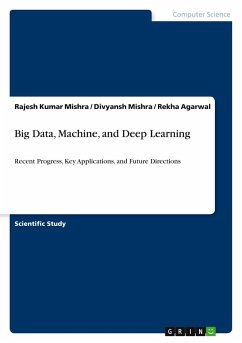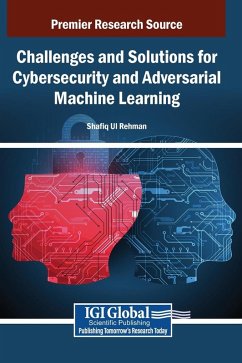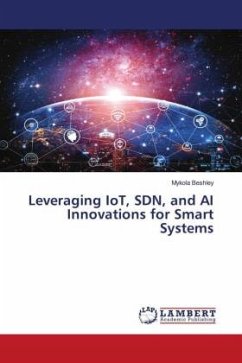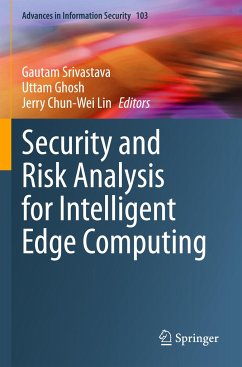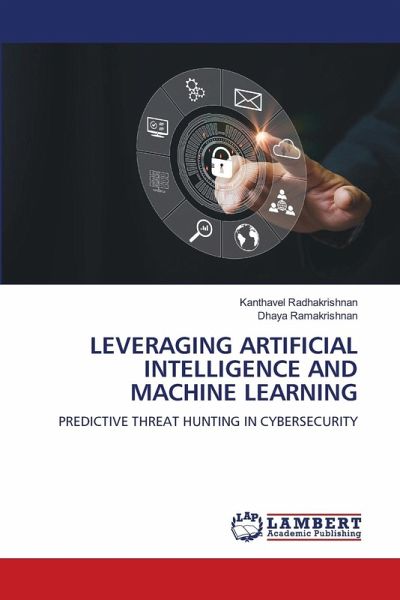
Leveraging Artificial Intelligence and Machine Learning
Versandkostenfrei!
Versandfertig in 6-10 Tagen
29,99 €
inkl. MwSt.

PAYBACK Punkte
15 °P sammeln!
As cybersecurity threats continue to evolve in sophistication, velocity, and impact, the conventional reactive security approaches cannot keep up with them. In these cases, cyber attackers have employed more sophisticated strategies such as polymorphic malware, fileless attacks, and living-off-the-land techniques that do not depend on traditional detection methods. Anticipating this, predictive risk looking (more notably using artificial intelligence (AI) and machine learning) has emerged as a key technology in today's cybersecurity strategies. Predictive risk finding allows security teams to ...
As cybersecurity threats continue to evolve in sophistication, velocity, and impact, the conventional reactive security approaches cannot keep up with them. In these cases, cyber attackers have employed more sophisticated strategies such as polymorphic malware, fileless attacks, and living-off-the-land techniques that do not depend on traditional detection methods. Anticipating this, predictive risk looking (more notably using artificial intelligence (AI) and machine learning) has emerged as a key technology in today's cybersecurity strategies. Predictive risk finding allows security teams to proactively detect hidden risks, spot anomalies, and anticipate adversary behaviours before it results in a breach or device compromise. AI/ML approaches leverage behavioural analytics, large-scale telemetry data, and real-time learning to uncover overlooked patterns often missed by human analysts or rule-based architectures. In this article, we provide an exclusive overview of today's cutting-edge AI and ML applications in predictive risk looking. We focus on core technologies, device architectures, algorithmic models, and industry specific implementations.



